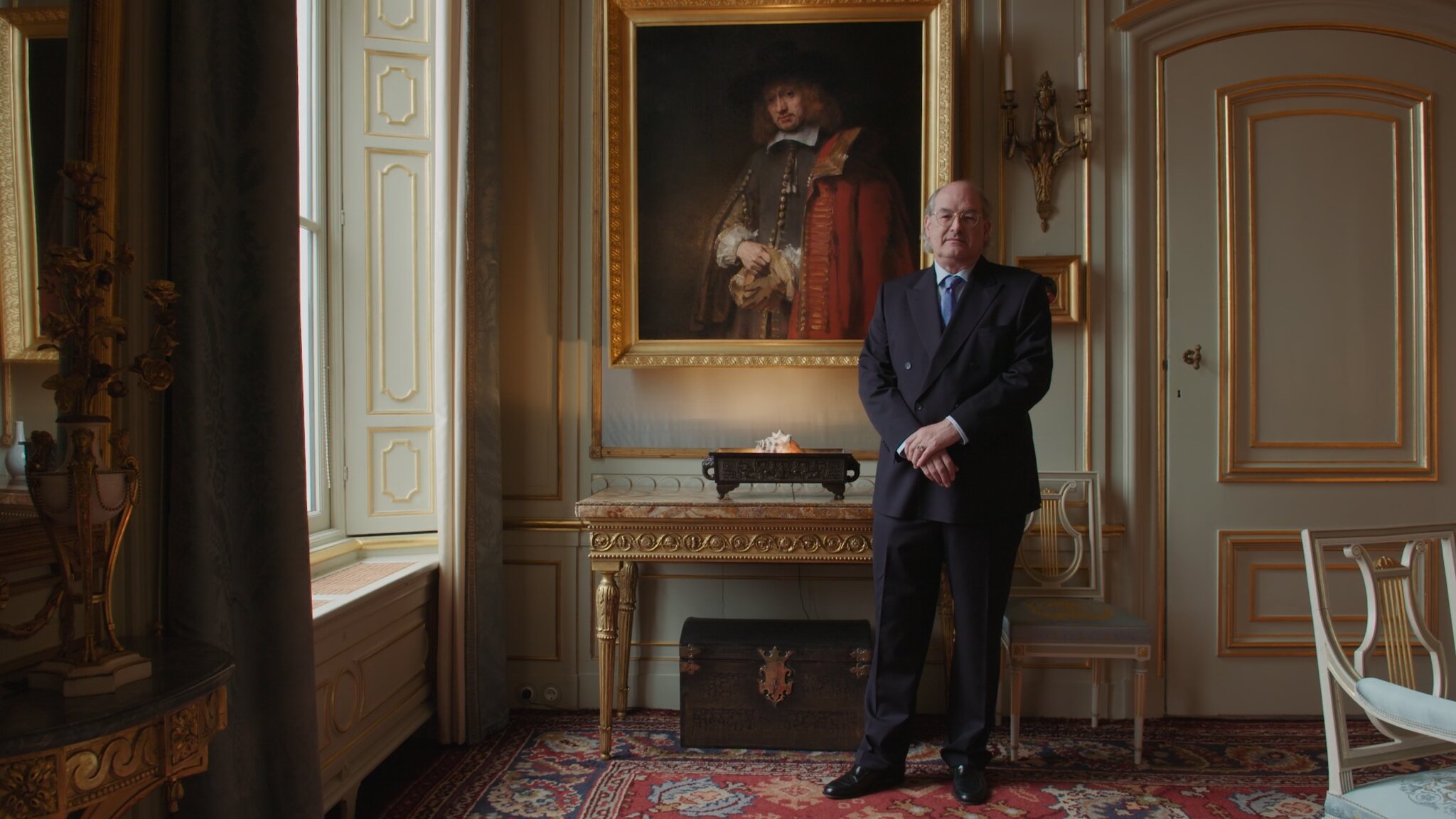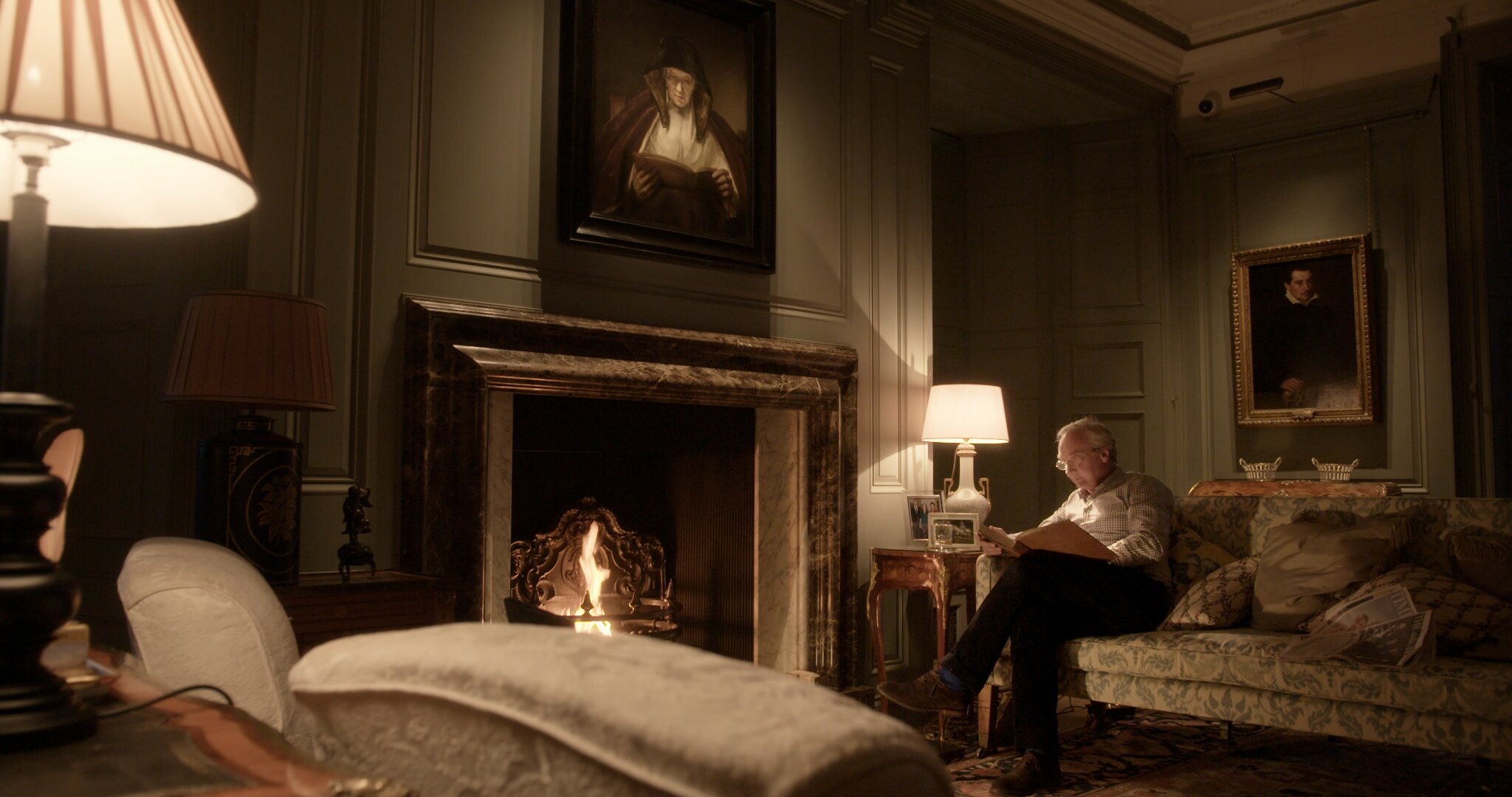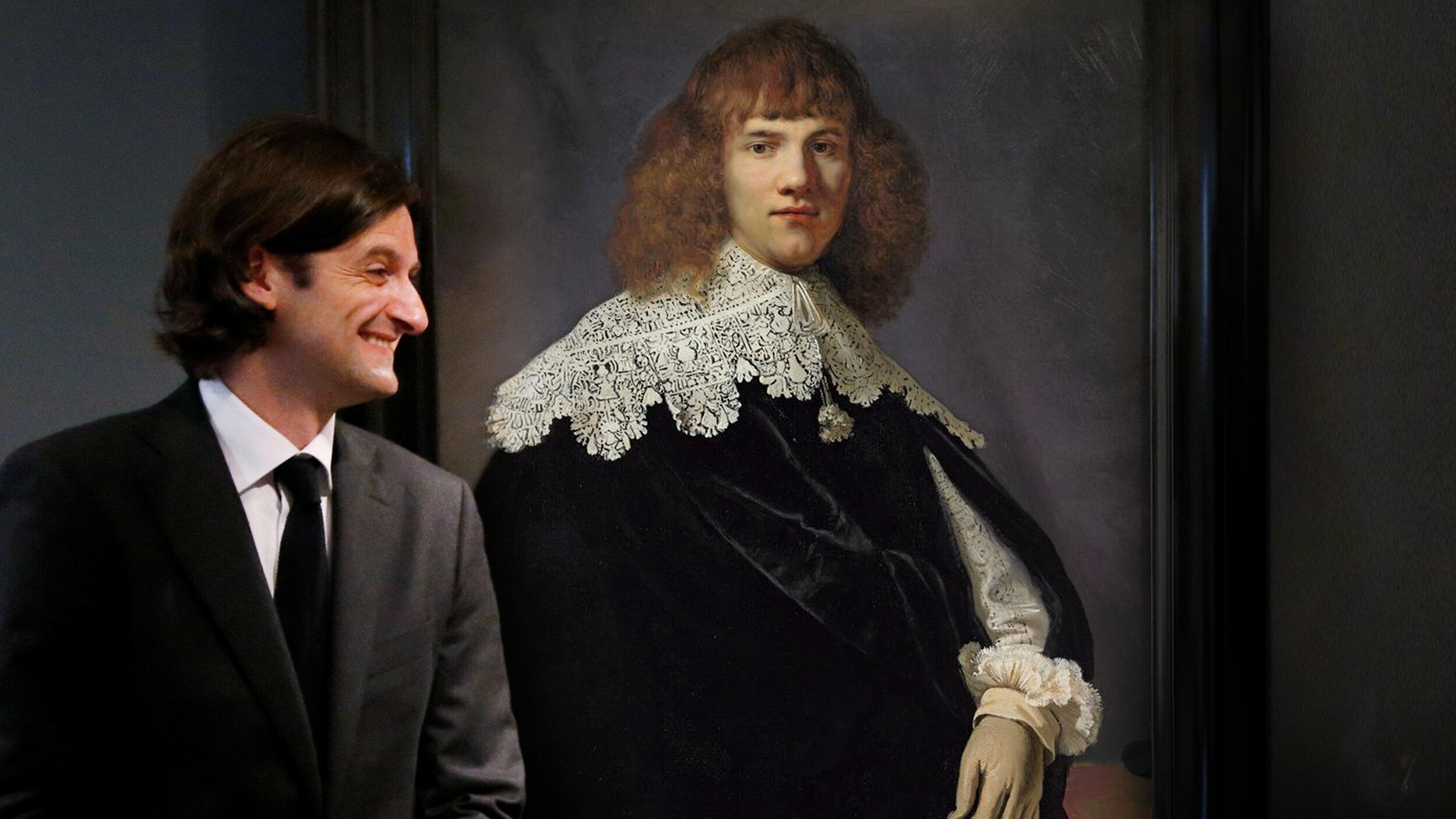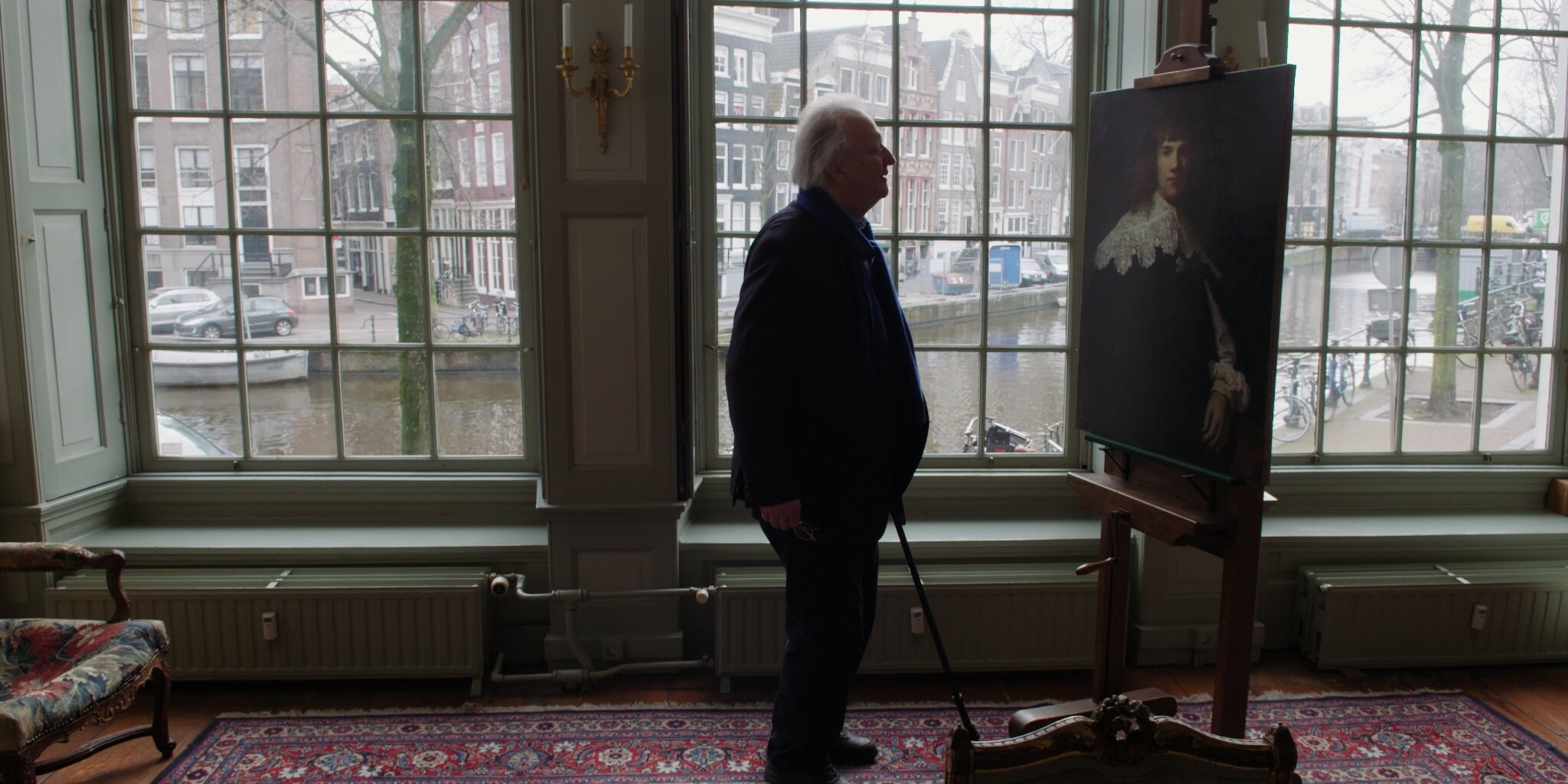To celebrate our release of My Rembrandt, we’ve put together some of the most surprising facts about the revered Old Master and what makes his work so special.
REMBRANDT WASN’T HIS LAST NAME—OR HIS BIRTH NAME
His full name— Rembrant Harmenszoon van Rijn—requires a bit of parsing. Harmenszoon means that his father’s name was Harmen, and van Rijn refers to where his family lived, near the Rhine River. So his full name means Rembrant, son of Harmen, from the Rhine. For reasons that are unclear, he added the silent “d” to his signature, changing it from Rembrant to Rembrandt, in 1633. (Source: Mentalfloss)
There’s a brand new Rembrandt
In 2016, ING and Microsoft collaborated to produce “The Next Rembrandt,” a 3D printed object that closely resembles a Rembrandt painting. The machine-learning algorithms used specific data points like color, geometry and texture to mimic an authentic Rembrandt painting. (Source: Sotheby’s).
He painted more self-portraits than any artist before him
Cultural commentators have posed the question: did Rembrandt invent the selfie? No artist before Rembrandt had painted so many self-portraits – around 80 in total, making up a 10th of his total output. His self-portraits convey many moods and show the ravages of time and how they affected his appearance. They are intimate and revealing, but were also thought to have been intended to be sold, rather than kept for posterity. (Source: I Am Expat)
He was an expensive teacher
His tuition cost 100 guilders per year, not including lodging. He took no beginners and earned more by selling his pupils’ works. The students worked in an attic partitioned with paper or sail cloth. As per practice, students copied their teacher’s works before developing their own style. Some pupils became studio assistants. whose works were difficult to distinguish from Rembrandt’s. This is the reason why, in My Rembrandt, experts initially attribute Portrait By A Young Gentleman to Rembrandt’s school. (Source: Artlistr)
He may have been unable to see in 3D
In 2016, ING and Microsoft collaborated to produce “The Next Rembrandt,” a 3D printed object that closely resembles a Rembrandt painting. The machine-learning algorithms used specific data points like color, geometry and texture to mimic an authentic Rembrandt painting. (Source: Sotheby’s).
We’re not certain some of his paintings were really his
Since the 1960s, the Rembrandt Research Project has undertaken the work of correctly attributing or de-attributing works that have been associated with Rembrandt. Scholars have debated the veracity of his complete œuvre, and approximate that only about 300 paintings on canvas are authentically by Rembrandt, as opposed to the 2,000 works that have been attributed to him. (Source: Sotheby’s)
He never left the Netherlands
Although some art historians inaccurately claimed that he lived in Italy, England, and Sweden, Rembrandt most likely lived his entire life in the Netherlands. Historians attribute Rembrandt’s strong use of chiaroscuro—the contrast between light and dark—to his teacher’s Italian influences. As a young man in Amsterdam, Rembrandt studied with Dutch painter Pieter Lastman, who had been to Italy. Lastman taught him techniques from Italian artists such as Caravaggio. (Source: Mentalfloss)
HE REPORTEDLY PAINTED HIS DEAD PET MONKEY.
Arnold Houbraken (1660 to 1719) was a Dutch painter who wrote biographies about artists, including Rembrandt. According to Houbraken, Rembrandt was halfway through painting a portrait of a family when his pet monkey, Puck, died. For some reason, the artist decided to paint the dead animal into the portrait, alongside his depiction of the family. The family didn’t like it, and they allegedly told him to either remove or paint over the monkey. Rembrandt stubbornly refused and lost the commission. While no painting has yet been discovered to definitively have the monkey, modern Rembrandt scholars think it sounds like something he would do. (Source: Mentalfloss)





